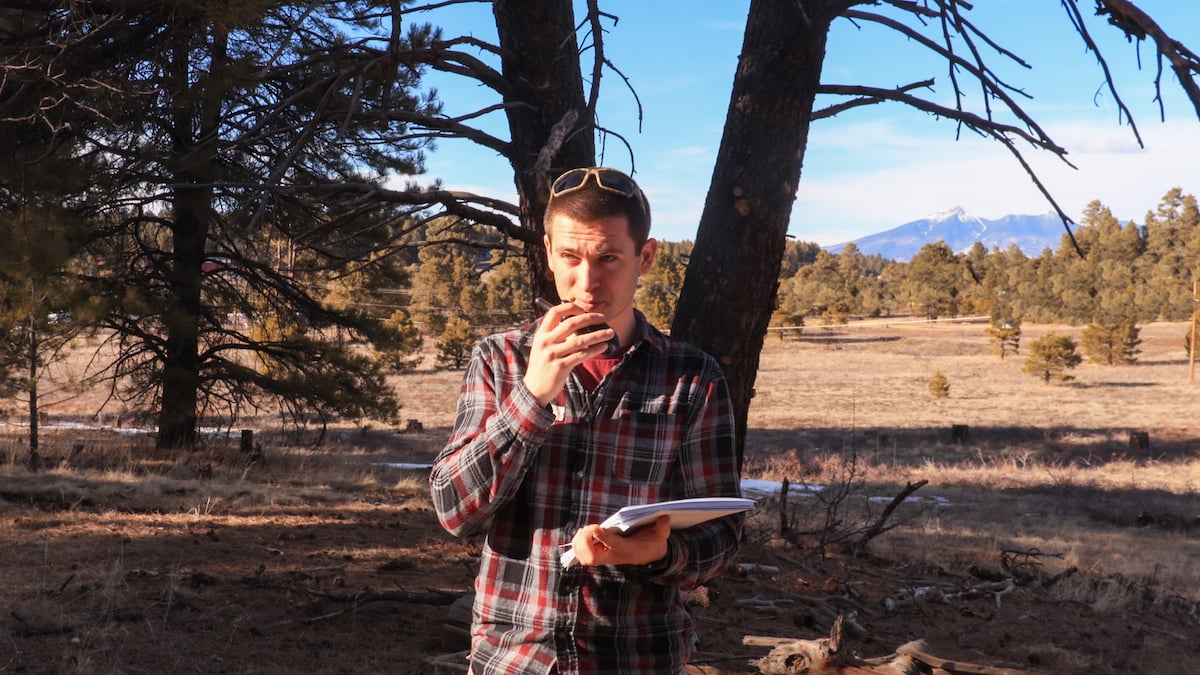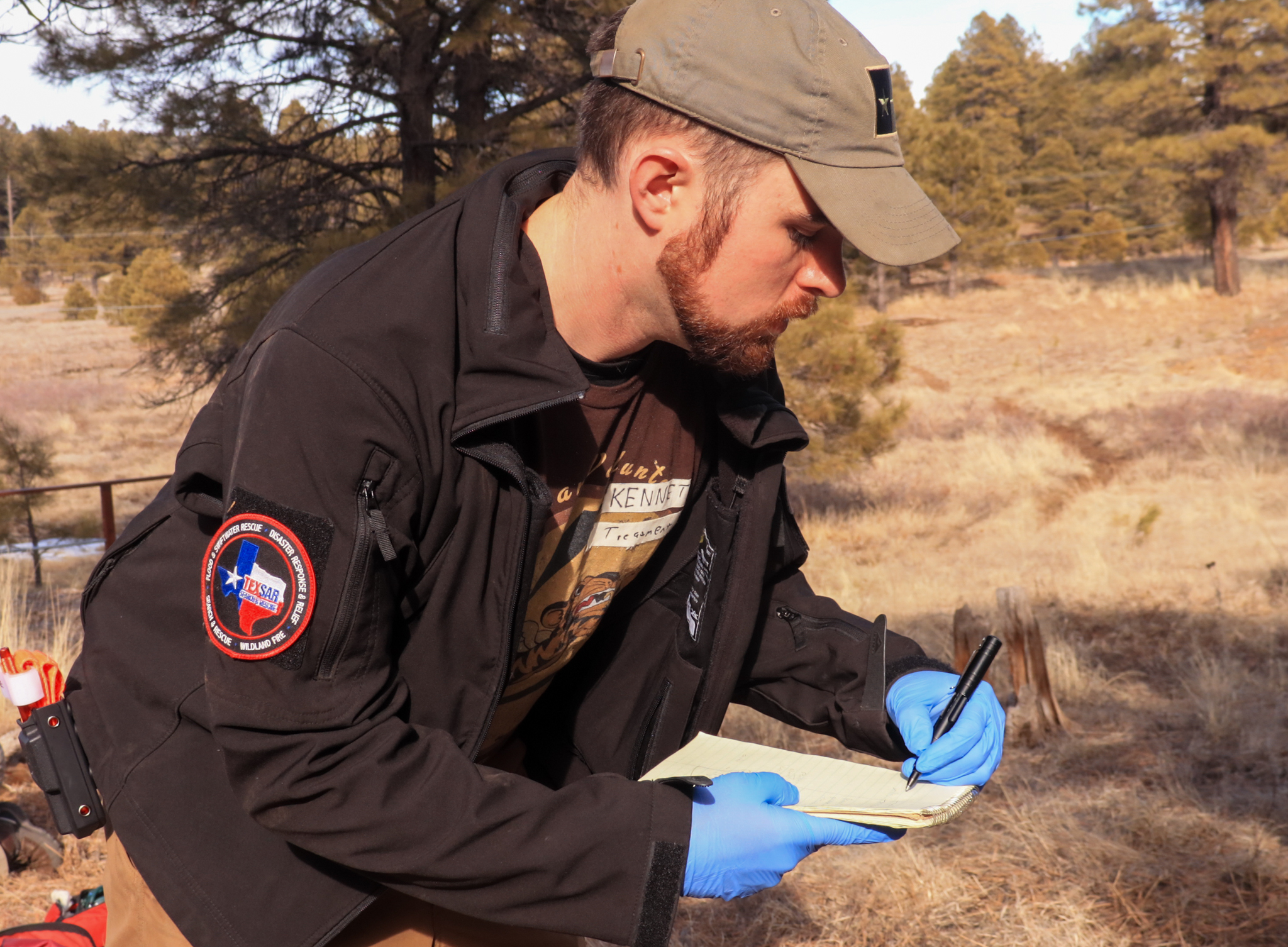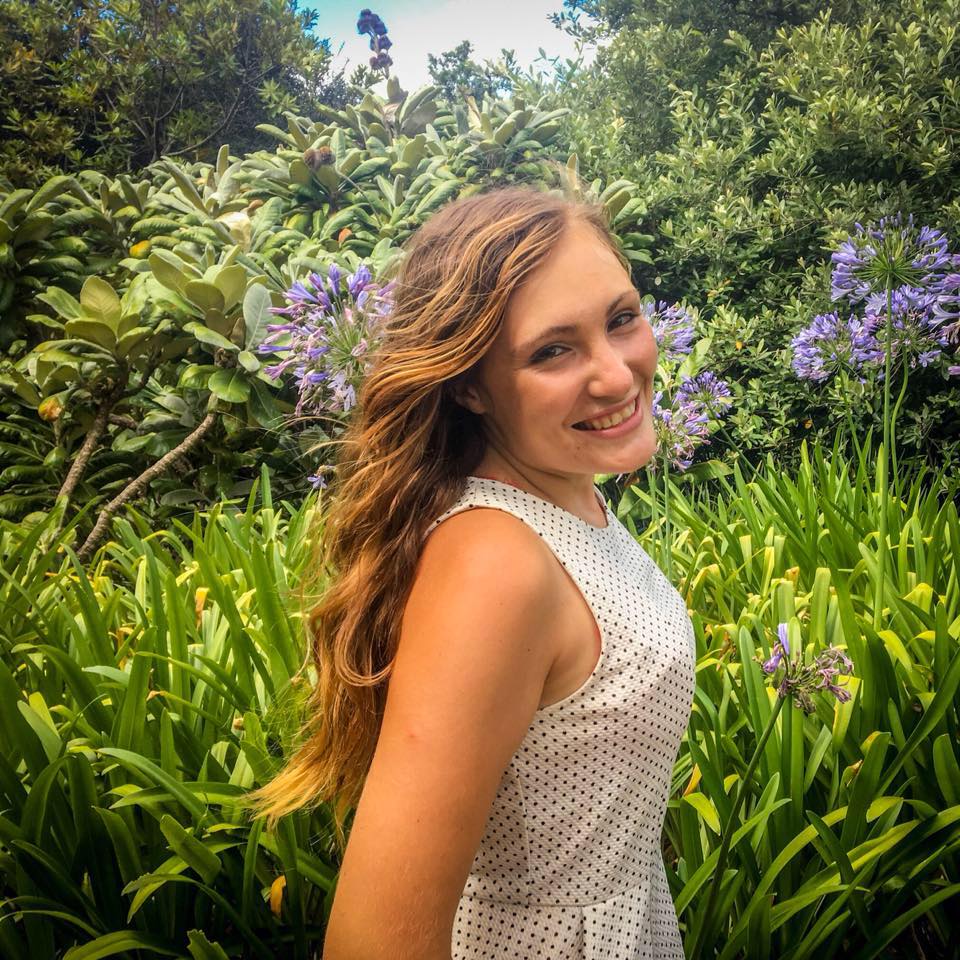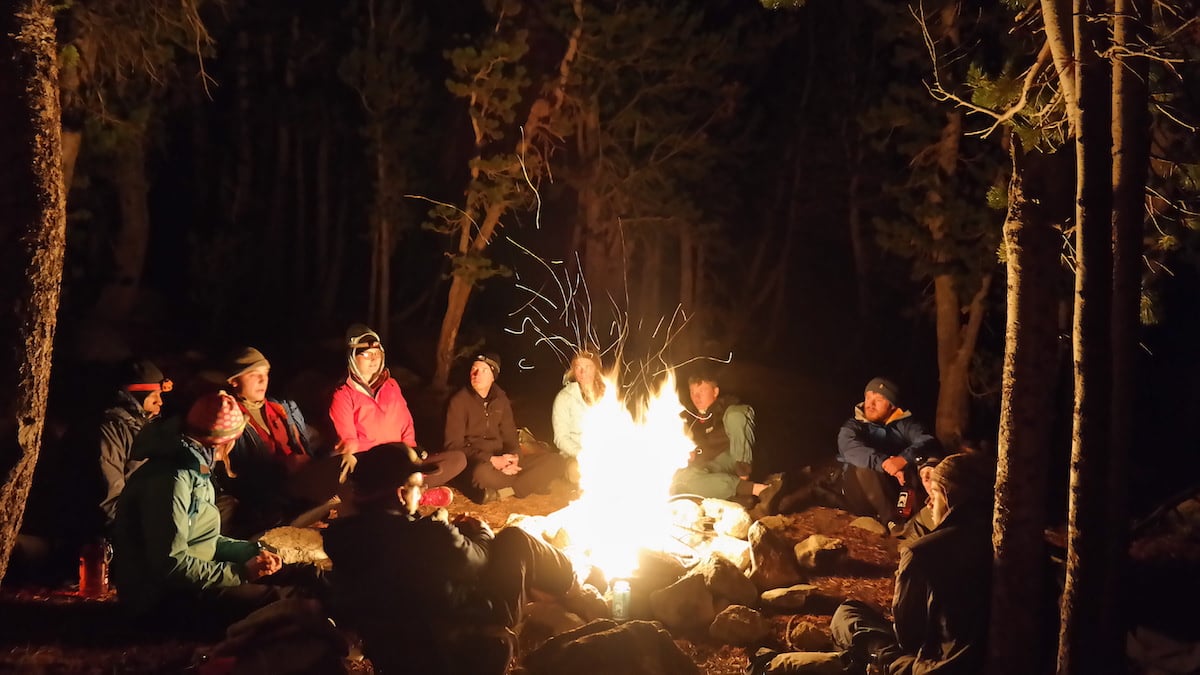
You’re applying pressure to your cut, but to no avail. You’re on a trail where you haven't seen people in a while—so many trees—and you’re overwhelmed from your injury. You’re concerned about the blood you’ve lost, so you call for emergency services.
Luckily, you remember how to give a strong SOAP note (Subjective, Objective, Assessment, Plan). With your clear description of your injury, symptoms, and location, emergency services are able to find and treat you.
On a wilderness medicine course, you're taught how critical it is to provide detailed yet succinct SOAP notes to the next person in the healthcare chain when treating someone who is injured or ill in the backcountry.
However, with emergency services being overburdened due to the COVID-19 pandemic and exercising new protocols, many care providers are having patients call in ahead of an in-person visit, to determine whether it is necessary for someone to come in. The pandemic has also shifted more health care to telemedicine—communicating with a provider remotely.
These new circumstances are why being able to give a SOAP note is useful skill now—regardless of whether you are calling about a fall off a ladder or respiratory symptoms.
We’ve broken down the components of a SOAP report so that, if needed, you can provide healthcare workers with accurate and pertinent information ahead of your visit. (As always, only provide the care that is within your scope of practice.)
The Basics
The SOAP note is a widely used and accepted method of injury documentation for healthcare providers. If you follow the proper steps and include the appropriate information detailed below, you will aid already overwhelmed healthcare workers and be able to expedite your treatment.
What the SOAP Note Is
This is the information that you, the caregiver, read over the phone or radio to the next person in the healthcare chain, which could be an ambulance technician, receptionist, nurse, or doctor.
"SOAP" stands for all the key information needed in this note:
- Subjective
- Objective
- Assessment
- Plan
(Don't worry, we'll explain in detail further in this post.)
Write it Down!
Write down each component of your note so you can smoothly read it to the healthcare worker.
Writing down the pertinent findings from your patient assessment ensures that you don’t leave out information necessary for the emergency responder to make a transport plan, communicate with evacuation or rescue parties, and that there is continuity of information when you transfer a patient to other healthcare professionals.
At the same time, don’t write the Magna Carta—include short descriptions that provide what the emergency professional needs, as opposed to listing non-essential details, which can prolong receiving treatment.

Subjective
This component of your SOAP note includes information about the event/injury provided by the patient or bystanders, what you see that gives you a sense of the situation, and the summary/story of what happened.
Components of the Subjective Section
When calling into emergency services, the first thing to communicate is what the patient identifies as their chief complaint (what bothers them the most). Provide details like, “throbbing pain in the left wrist.”
Though you may find more complications from the event during your assessment, state the patient’s chief complaint first to the responders, because what the patient complains of is often important and a point of focus in care.
Tell the healthcare professional the mechanism of injury (MOI) or history of present illness (HPI) so that they can understand how the event happened.
MOI explains what led to the injury, like a patient falling from a 15 foot tree or ladder; HPI explains how the illness came on, like the patient describing feeling nauseous all day and now having diarrhea.
It’s important to include details that determine the injury—instead of saying a patient merely “fell,” describe the situation with details, like that the patient fell about 15 feet onto their left arm on a rocky surface.
Other details to include in this section are:
- An accurate description of your location. If you’re calling from the frontcountry, give street names/exact addresses or known landmarks. If you’re in the backcountry, provide as accurate information as possible, such as using GPS coordinates from your phone's compass app.
- Patient’s age
- Patient’s gender
Sample Subjective Section
“I have a 24-year-old female patient whose chief complaint is a throbbing pain in her left wrist. She states her MOI was falling down a flight of stairs, about 15 feet. We’re at 284 Lincoln Street, Lander, WY.”

Objective
The second component of your SOAP Note includes objective findings and observations of the patient’s current state. Make note of the position you found your patient in, or that you were in, following the MOI.
Then, provide details about pertinent findings, or pertinent negatives, found during your patient exam.
Components of the Objective Section
A thorough patient assessment is essential to ensure you give the healthcare provider an accurate sense of the patient’s condition. Check everywhere and watch the patient’s face during your exam to be alert to non-verbal cues.
Examples of relevant findings to convey to a healthcare provider include, but are not limited to:
- Bruises/bleeding
- Unusual hardness/softness
- Unusual breathing sounds (wheezing, rapid)
- Grunts from pain, spine tenderness, and unusual smells
- Changes to circulation (pulses), sensation (tingling/numbness), and motion (CSMs)
- Pertinent patient history and findings from your head to toe assessment.
- Vital signs
Vital Signs
Note the time when you take the patient's vital signs and any notable changes to these over time. Vital signs to relay are the patient’s:
- Level of responsiveness (LOR). Assessing LOR means checking to see if the patient is awake and oriented to who they are, where they are, what date/time it is, and recent events. If a patient appears unresponsive, you can check whether they are responsive to verbal stimuli, responsive to pain, or totally unresponsive.
- Respiratory rate (breaths per minute), rhythm, and quality
- Heart rate (pulse), rhythm, and quality
- Blood pressure (if you have a BP cuff)
- Temperature (if you have a thermometer)
- Skin color, temperature, and moisture (SCTM): Normal skin tends to have pink mucous membranes (ex. a patient's inner lip), and is warm and moist.
- Pupils: Normal tends to be equal, round, and reactive to light (PERRL)
Sample Objective Section
“The patient was found on her left side, holding her left wrist. She has bruising on her wrist. There was no loss of responsiveness. She complains of pain in her left wrist and it hurts to move. No point tenderness on her spine. All CSMs are good.”

Assessment
The third component of your SOAP report is the assessment, which is where you convey the problem list to the healthcare professional.
By using your wilderness medicine education you to associate signs/symptoms to possible ailments, you can deduce your patient’s most pressing issues.
Sample Assessment
“After conducting a usability test, the wrist is not usable, but it’s painful. While there is no pain on the spine, there’s a mechanism for a possible spine injury.”
Plan
This is where you outline your beginning treatment plan. You should convey to the caretaker on the phone what treatment you’ve begun taking, as well as possible steps you plan to take.
While your wilderness medicine training gives you the tools to create an educated treatment plan, be sure to follow whatever steps the emergency responders on the phone recommend. This will be where the responders recommend if and/or when the patient needs to seek definitive care.
Sample Plan
“I will maintain spine protection by stabilizing the head with bags while the rescuer splints the wrist. Because of a possible spine injury, we will wait for the ambulance to arrive before taking any other action.”
Final Thoughts
The COVID-19 pandemic has no boundaries, so now’s the time to assess how to transition your wilderness medicine skills from the backcountry to the frontcountry so you can provide much needed support for our medical services.
Strong SOAP report skills can help you communicate accurately and concisely with a healthcare professional so they can decide the best possible way to provide treatment while considering many other patients.
Like any other skill taught on wilderness medicine courses, giving a SOAP note needs to be practiced.
Using this template, try writing and reading aloud your note so that if you ever need to communicate with medical professionals, you can do so smoothly and confidently to expedite the treatment process.

Written By
Colleen Kelley
Colleen Kelley is the Marketing Coordinator for NOLS Wilderness Medicine. She graduated from Kenyon College in 2018 with degrees in film and English. When she's not writing/making or analyzing (aka binge watching) films, you can find her running (literally) around Lander or trying to find someone to pump her gas (because she is from New Jersey and that's not legal there).



